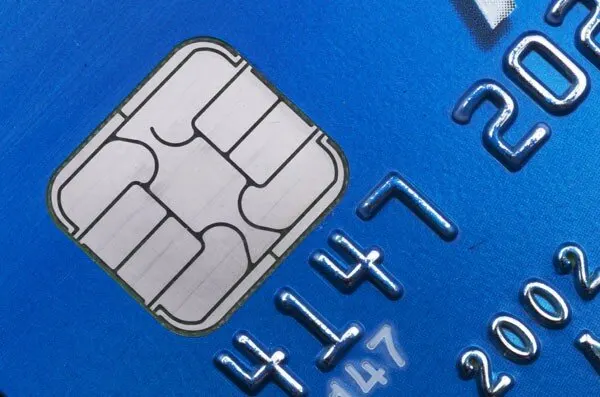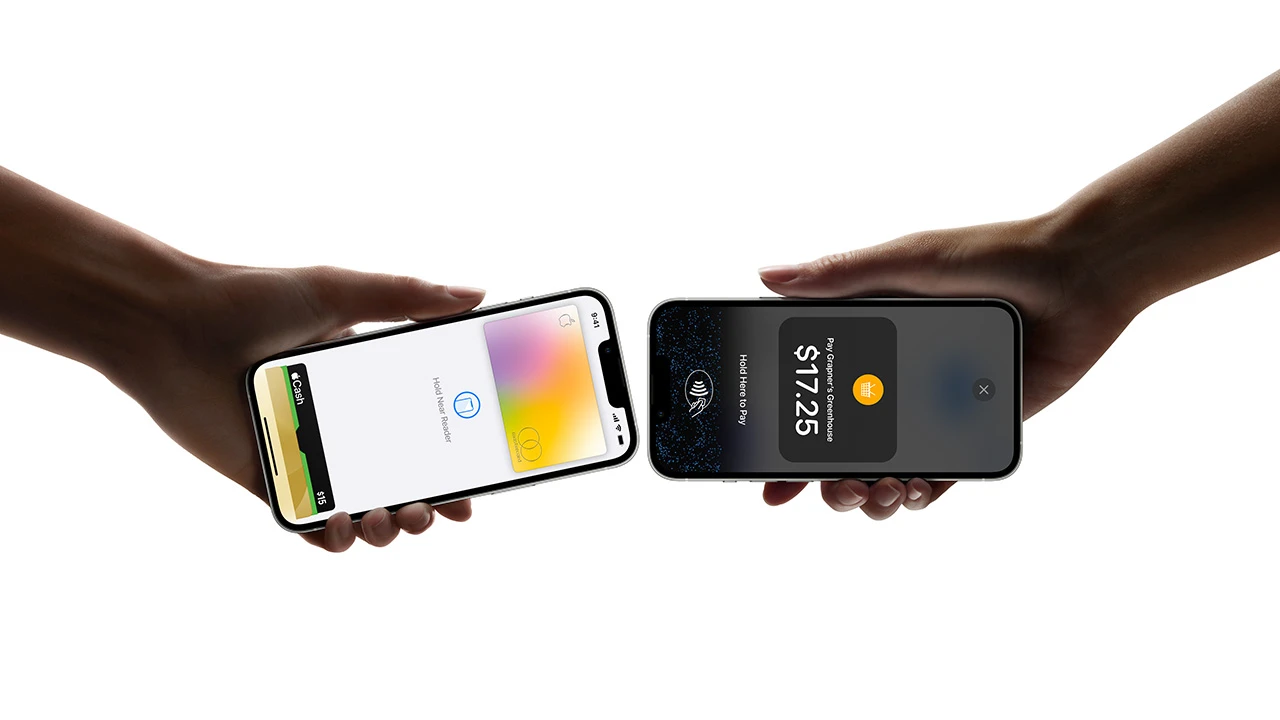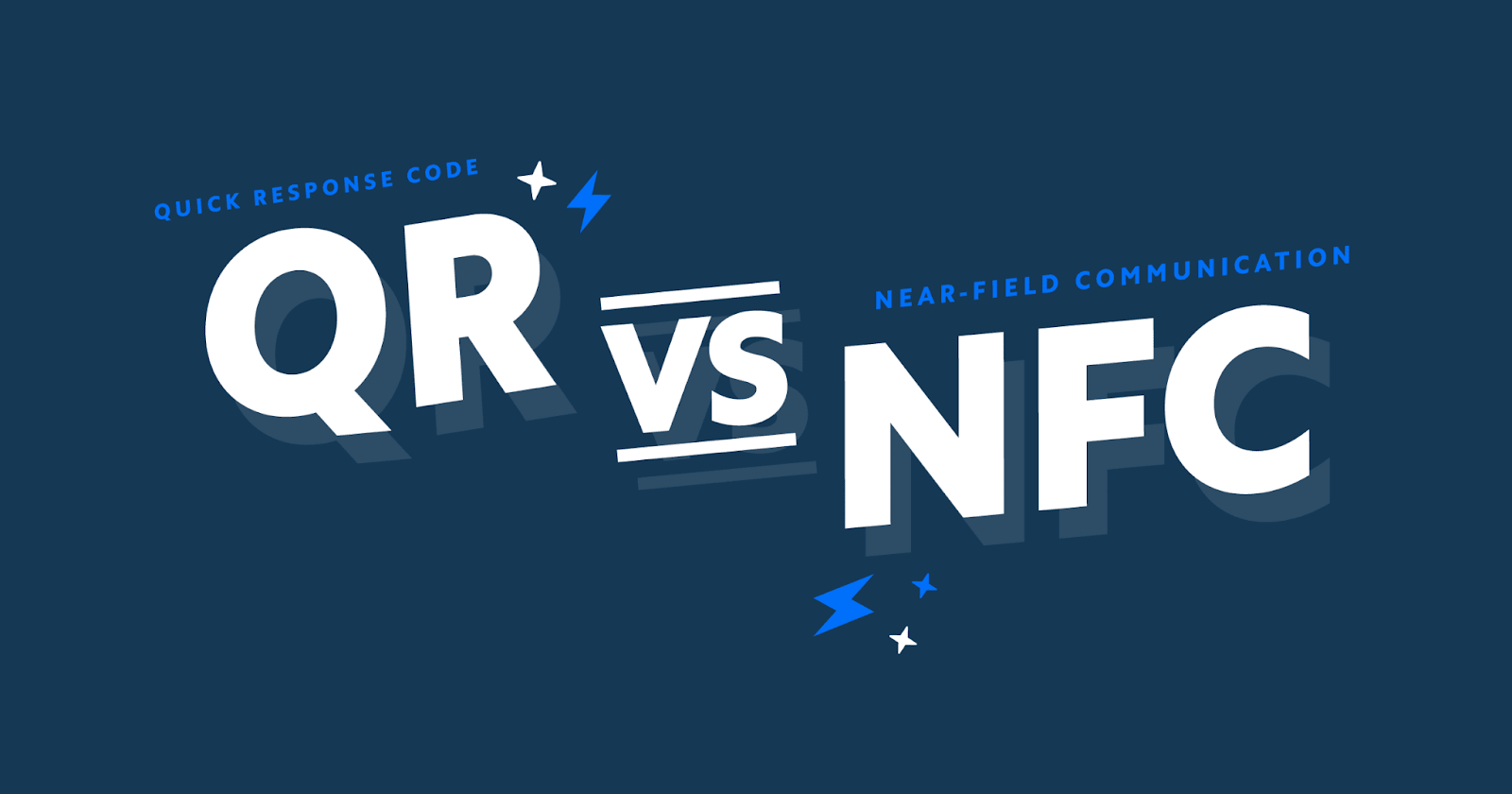What Are NFC and Tap-to-Pay for Crypto Cards?
NFC contactless payments crypto show smashing adoption. See how it works, how to save a few bucks on fees, and why the tech use cases keep expanding.
According to preliminary estimates, more than 299 million global POS terminals will support NFC by 2025. The same logic applies to crypto cards that use technology that enables people to bridge cryptocurrency assets with real-world purchases.
Today, you'll learn what NFC delivers in the context of payments, how the tech is developing, and whether it's really beneficial to arm yourself with it.
Key Takeaways
Let's check the core things around NFC payments:
- Over 90% of POS terminals use NFC
- Average transaction time is under 2 seconds
- 85% of Gen Z prefer contactless payments
- NFC cards store encrypted, tokenized payment data
- Apple Pay supports 90+ countries worldwide
- Crypto cards now integrate real-time fiat conversion
- Tap-to-pay adoption grows 15% annually
- NFC range stays within 4 centimeters
Key takeaway: These facts confirm that contactless crypto payments are already mainstream. They bridge the gap between cryptocurrencies and everyday purchases, thanks to strong features like low fees and rising adoption.
What Is NFC / Tap-to-Pay?

NFC, also known as "Near Field Communication," enables instant, secure data exchange between nearby devices. The tap to pay feature, in turn, uses this technology for lightning-fast transactions between cards, phones, and payment terminals.
Currently, NFC's biggest adoption is in retail, transport, and cryptocurrency payments. It's a matter of time before other fields adopt it as an alternative to traditional payment tools.
How Contactless Works
A contactless payment system uses short-range radio signals to ensure a stable connection for data transfer between devices and the terminal. Typically, the process takes seconds and requires no physical contact.
See how the workflow runs and the stages it passes:
- Tap card or phone
- The NFC signal activates a terminal
- The device sends an encrypted token
- Terminal verifies payment data
- Bank confirms authorization
- Transaction completes instantly
This process is the foundation of how EMV codes and NFC chips protect each tap.
EMV Contactless & One-Time Codes

This tool uses dynamic one-time codes to ensure the highest level of security. Each code is unique, while its primary goal is to replace static card details.
Key features of touchless payment options powered by EVM:
- Generating a new code per transaction
- Stopping card cloning or data reuse
- Encrypting transfers between a card and a bank
- Real-time validation
- Following PCI DSS compliance
Each touch triggers new credentials, adding another layer of security to transactions.
NFC Basics (Phones, Wearables)
NFC, a tap to pay with phone technology, allows smartphones, watches, and rings to connect with payment terminals. Every device that integrates this technology uses an internal chip to send tokenized data while placed close to the reader.
A few key details to keep in mind about NFC basics:
- Built into modern phones and watches
- Works without internet access
- Uses biometric verification
- Connects with Apple Pay, Google Pay
- Supports NFC crypto wallets
Key takeaway: The Near Field Communication technology delivers fast, secure, and seamless payments. Its goal is to transform devices into reliable payment instruments for fiat and crypto transfers.
Where You Can Use It
Global adoption of NFC has opened the door to hundreds of use cases, making this technology mainstream. By 2025, contactless payments will be available in more than 180 countries. The technology leverages a single global network that supports retail, transport, and crypto card payments 24 hours a day, 365 days a year.
It's time to see how major platforms bring it to life.
Apple Pay / Tap to Pay on iPhone

Apple Pay tap to pay supports more than 80 countries and boasts over 600 million active users. Each payment covers three main components: NFC, tokenization, and biometric ID, all of which are needed for instant approval. This definitely benefits merchants who can accept payments directly from customers with iPhones or Apple Watches.
Key features to remember:
- Works across Visa, Mastercard, and Amex
- Supports contactless crypto card integration
- Authorizes within 1–2 seconds
- Uses Face ID or Touch ID
- Backed by PCI DSS and EMVCo standards
The ecosystem connects millions of small businesses with global customers, demonstrating how NFC has become a top-tier alternative to physical terminals.
Google Wallet / Google Pay
Google Pay contactless service covers over 25 million locations worldwide. It is compatible with over 150 transit systems and supports in-store and online tap-to-pay features. Here's why it's the ideal solution for fiat and crypto cards:
- Stores multiple cards and IDs securely
- Runs on Android 7.0 and later
- Encrypts each tap using tokenization
- Supports 45+ national currencies
- Integrates loyalty cards and passes
The solution continues to expand as new NFC terminals appear year after year.
Tap to Pay on Android (merchant acceptance)
This is another popular tool that lets people make purchases with a single tap. Any phone with NFC that runs Android can instantly send payments powered by Visa, Mastercard, or crypto cards worldwide.
A few key features worth noting about the tap to pay Android solution:
- Accepts payments in 100+ countries
- Processes transactions in under 2 seconds
- Meets PCI and EMV compliance
- Supports Stripe, Adyen, and Shopify POS
- Backed by biometric security layers
Key takeaway: The modern world has over 3 billion smartphones that support NFC technology. As a result, the tech has linked buyers, merchants, and crypto wallets into a single global ecosystem that operates 24/7.
NFC vs. QR Codes

It matters little whether you prefer an NFC crypto card or QR code payments, as both deliver instant payments. The only difference is in their mechanisms. For example, NFC operates on short-range radio signals, while QR codes require a visual scan from a camera.
Let's compare them below and see the other use case differences:



